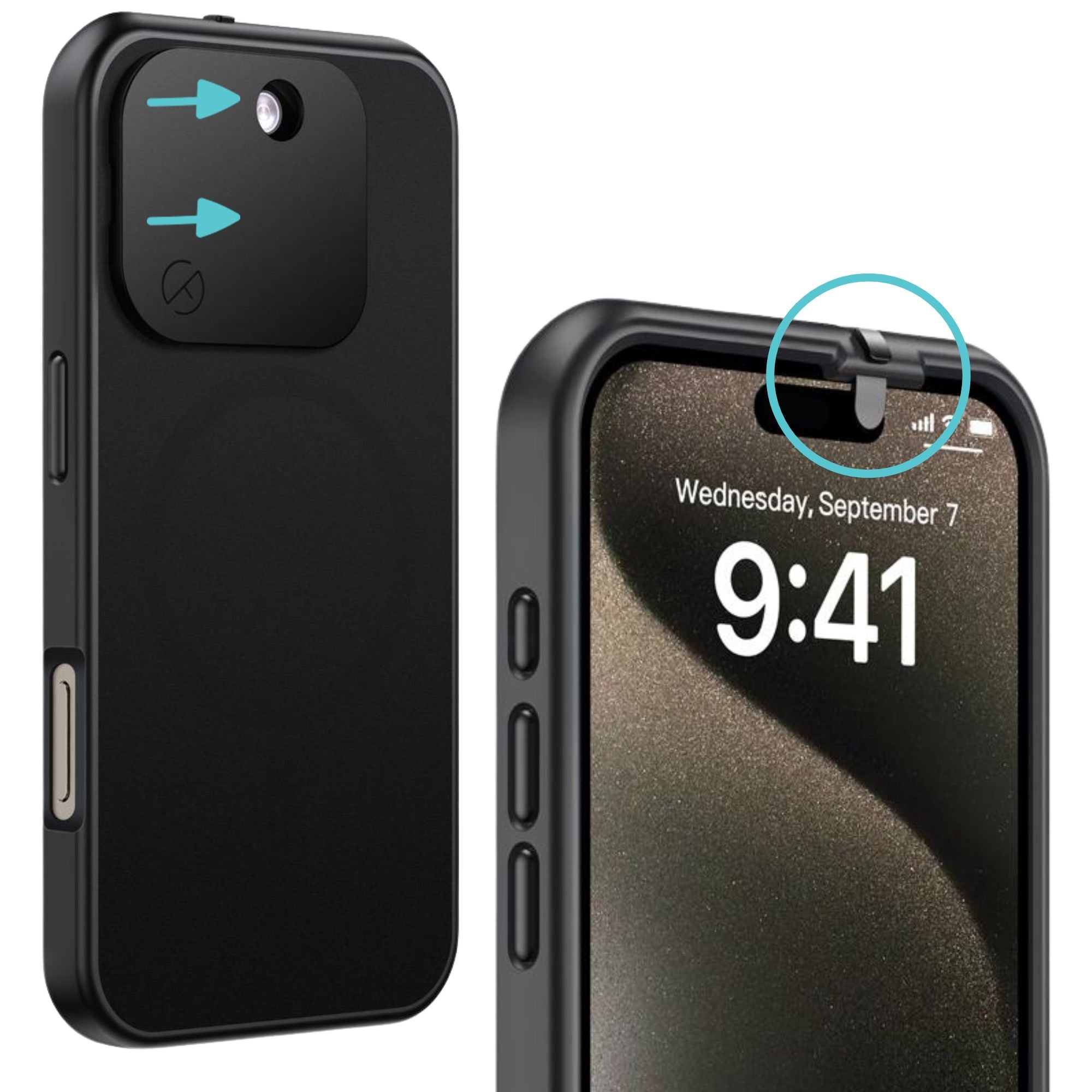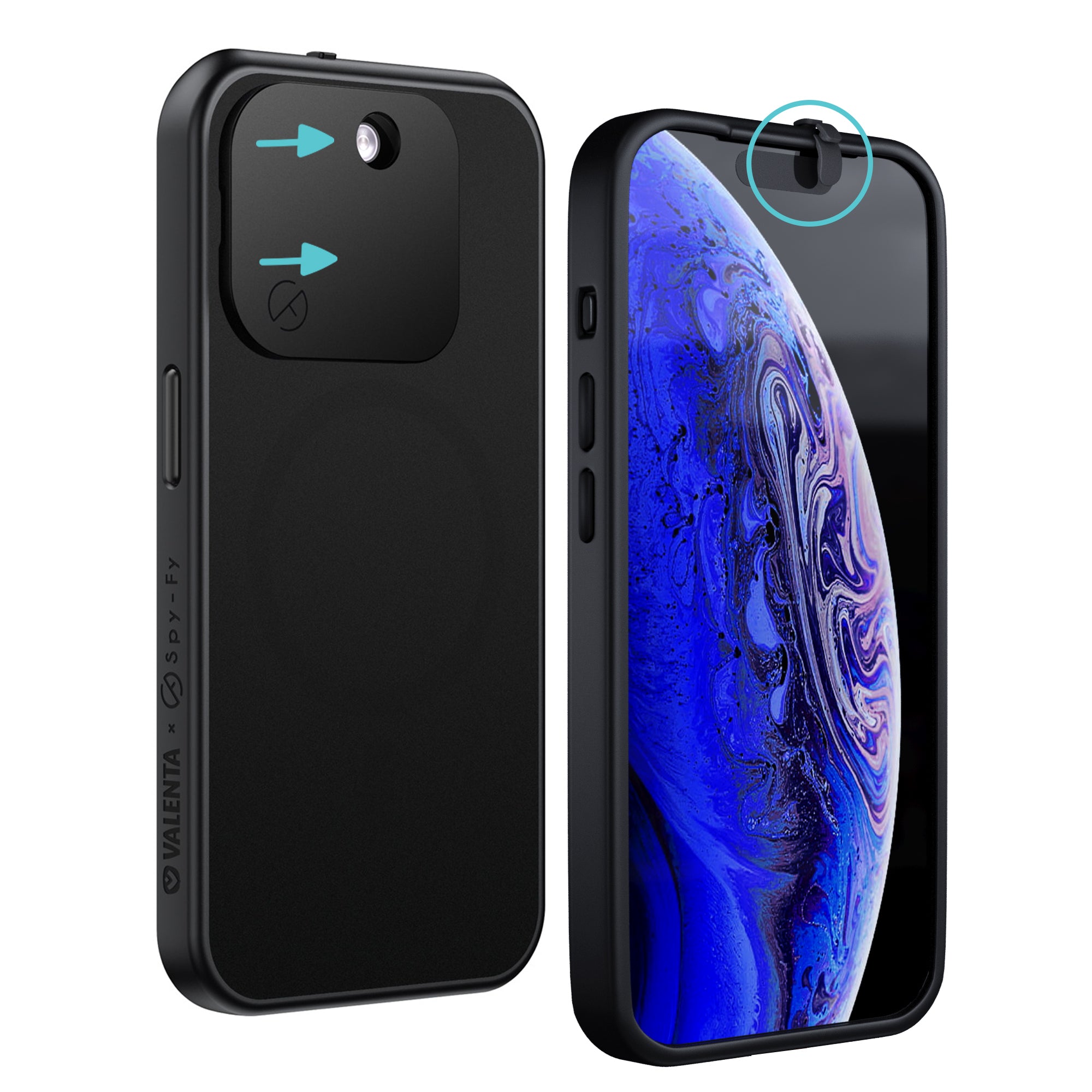Whether you’re hiking in the Andes, working remotely from Bali or just flying to a conference in Berlin, your personal information is always coming along for the ride. In our hyper-connected world, travel doesn’t just involve packing clothes, it also means staying mindful of your digital footprint. Traveling safely today means balancing convenience with a few smart privacy habits.
Why privacy while traveling matters
When we travel, we naturally rely more on digital tools, navigation apps, online banking, hotel bookings and public Wi-Fi. This increased connectivity brings some privacy considerations. From public networks to mobile devices, a few thoughtful choices can help you stay in control of your personal information while enjoying your trip to the fullest.
Many travel safety guides now emphasize the importance of digital hygiene as much as physical safety. Knowing how to prevent identity theft is just as crucial as knowing how to avoid pickpockets.
Before you leave: Setting up digital defenses
A smooth journey starts with a little preparation. Think of it like packing a digital travel bag: light, organized, and secure.
-
Only bring the devices you truly need. Consider removing sensitive information or storing it in encrypted folders. If you’re traveling for work, a clean device with minimal apps can be a helpful choice.
-
Make sure your devices are up to date. This includes operating systems, antivirus software and security settings. A strong password strategy, ideally using a password manager plus two-factor authentication (2FA), adds an extra layer of peace of mind.
-
Social media can also use a quick check. Sharing updates after your trip, rather than during, helps keep your plans private. Adjusting your privacy settings takes just a minute and can make a big difference.
Quick checklist before you travel:
- Backup all devices to the cloud or encrypted drives
- Enable “Find My Device” and remote wipe options
- Use a VPN and password manager
- Turn on two-factor authentication (2FA)
- Review social media privacy settings
- Pack only essential devices
These small habits form the basis of the safest way to travel digitally.
Staying safe while traveling
Travel often involves spontaneity, which makes flexible, simple safety habits especially useful.
Public Wi-Fi can be convenient, but it’s best used with a VPN that encrypts your connection. For added ease, mobile data or personal hotspots can offer a safer alternative for important tasks.
Charging stations at airports or cafes are handy, but it helps to carry a USB data blocker or your own power bank. These small tools let you charge without sharing any data from your phone.
Bluetooth and Wi-Fi auto-connect features are best turned off when not in use. They can connect your device to unknown networks or devices. Instead, connect manually when you know it’s safe.
If you use hotel computers or public workstations, it’s a good idea to avoid logging into sensitive accounts. Logging out and clearing the browser afterward is a smart final step.
Guarding your documents and identity
Your travel documents carry important information and they deserve a little protection too.
A passport carrier for travel with RFID-blocking capabilities can help prevent digital skimming of your e-passport. While out exploring, it often makes sense to leave your original passport securely locked away and carry a certified copy instead.
Luggage trackers (like Bluetooth or GPS-enabled devices) can add a layer of reassurance, especially during transfers or layovers.
Physical travel privacy tips:
- Use RFID-blocking passport holders
- Store original documents in a safe place
- Carry certified copies for day trips
- Use trackers in luggage or backpacks
- Lock valuables in hotel safes
Recognizing and avoiding travel scams
Every country has its own travel rhythm and style. Alongside the joy of discovery, there may occasionally be unfamiliar emails, fake websites or questionable payment requests. Learning to recognize scamming methods is a valuable skill for any traveler.
When using ATMs, opt for machines in well-lit, indoor areas such as banks or hotels. A quick glance to check for anything unusual on the machine can help.
Emails or text messages asking for urgent logins or payment info are often best ignored unless you’re certain they’re legitimate. If something doesn’t feel right, it’s okay to pause and double-check via an official website or app.
Booking transport or accommodations? Using trusted apps or official websites helps ensure everything is as expected when you arrive.
When you return: A few easy wrap-ups
Once you’re back home and unpacked, a couple of quick checks will close the loop on your travel privacy.
- Review recent transactions for anything unfamiliar
- Run a quick antivirus scan on your devices
- Reset passwords used on public or hotel networks
- Turn off travel-specific permissions you enabled
- Activate account alerts for added visibility
For frequent travelers, an identity monitoring service may offer helpful insights over time. It’s a small background process that can alert you if your information shows up somewhere unexpected.
A final word on smart travel
Traveling is about experiences, stories and connection. Protecting your privacy doesn’t have to feel like a burden, it’s more like travel insurance for your data. With a few intentional habits and tools, you can explore with confidence and ease.
At Spy-Fy we help make that journey even safer. Our thoughtfully designed passport carriers for travel shield your identity And our Juiceback data blockers help you charge securely at airports, hotels or wherever your trip takes you. Whether you’re exploring the world or just heading to your next meeting, take along the tools that keep you secure and make privacy the safest way to travel.










